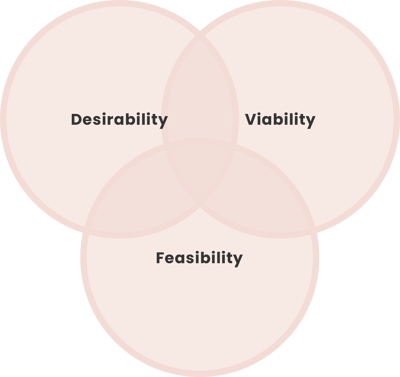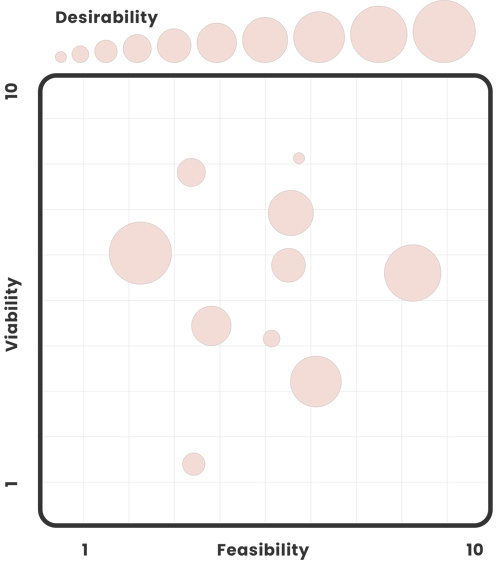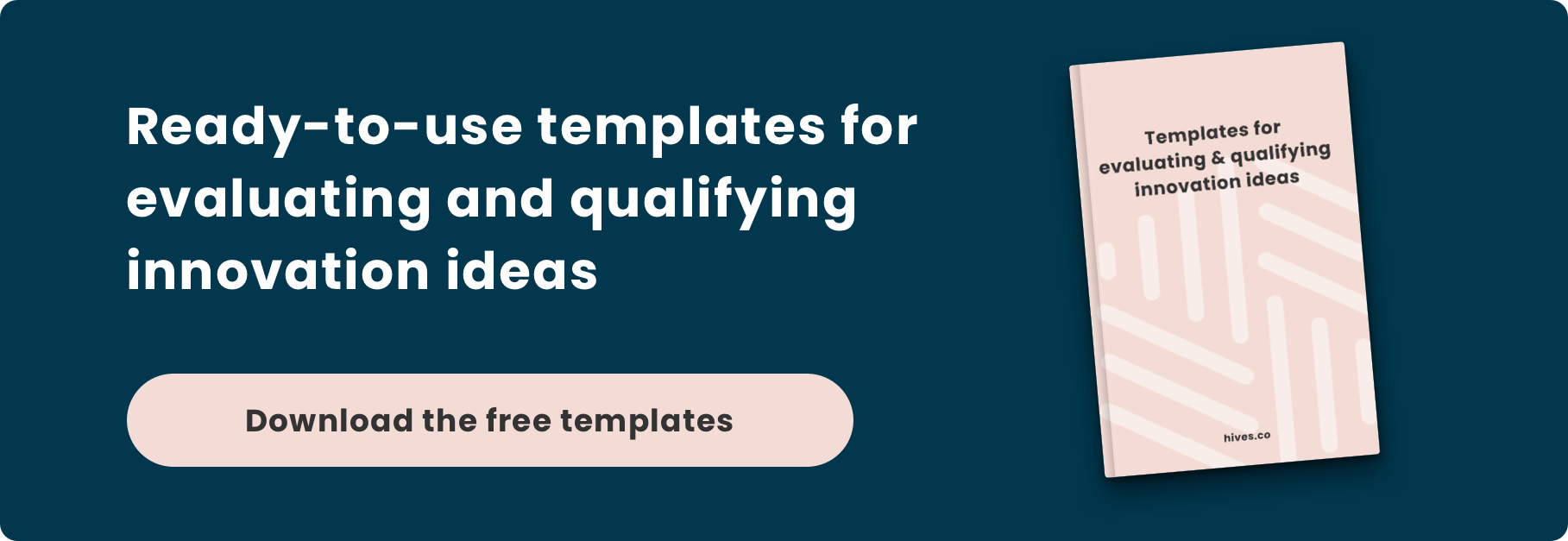Share this
The 4 Best Methods To Evaluate Ideas For Your Innovation Pipeline [+Free Templates]
Some argue that in the world of Innovation, the volume of ideas is vital. Others say that it's not. But the fact is that a large number of ideas is crucial to find real breakthrough innovations. And when gathered from many different perspectives, evaluated, and qualified properly — ideas can generate incredible innovations for your business.
Whether you're just getting started with Innovation, or you're in charge of managing the complete Innovation Pipeline in your company – how you qualify ideas will play a vital role in the outcome of your Innovation Efforts. So, what are the best methods for qualifying ideas at an early stage for your Innovation Program?
Here, we'll cover best practices for evaluating and qualifying ideas — and explain how different methods can help you achieve your Innovation team's pipeline goals.
Need help using these methods hands-on? Our free template will help you with a ready-to-use format for any workshop or initiative you'll drive around Innovation.
The 4 Best Methods for Qualifying and Evaluating Innovation Ideas
- Three Lenses Of Innovation
- Urgency vs. Business Value – Matrix
- Idea Question Checklist
- ATAR - Awareness Trial Availability Repeat
1. Three Lenses Of Innovation
Three Lenses of Innovation is a method sprung from IDEO and Design Thinking. Its purest form is a method to combine human-centered design with the technological and economical parts.
Using this method, it's a general approach to use the so-called diverge-converge concept. This means that you first Diverge, meaning create choices. And then Converge, meaning to make choices.
So, to set this up in a practical way. When you have gathered all of the ideas wanted in the initiative you are working on right now. You take these ideas and put them through the Three Lenses of Innovation.
This means scoring the ideas on:
- Desirability
How wanted is this idea? Is there a group that desires this solution, and does it solve a problem - Feasibility
How possible would you say this idea is to make a reality? Do we have the right skills, technology, or people? - Viability
How strong is this idea over time? Does it contain both an economical and sustainable model to maintain?
This model of the three lenses is usually visualized through the three crossing circles meeting in the middle.

But if you would like to use it to compare ideas, I would recommend putting these parameters into a three-dimensional diagram (a lot easier than it sounds), as an example below.

2. Urgency vs. Business Value – Matrix
Using this method for qualifying will mainly give you a map of what ideas to prioritize first. When gathering ideas, you usually focus them on a specific problem that needs to be solved.
A straightforward way to qualify which idea you first should proceed with is to measure them by:
- How Urgent is this idea – from 1 to 10
Is this an idea that we need to handle now? Are there any problematic implications that will occur from not realizing this idea? - How high of a Business Value does this idea bring – from 1 to 10
Will this idea bring revenue or spare us some unneeded costs? Does it help our company in achieving the goals set up?
When you have scored your ideas, the next step is to plot them into a chart like the one below:

And as you can see, it's pretty evident in the map above which ideas should have a "Go" and a "No-Go".
3. Idea Question Checklist
A slightly more advanced option than a simple matrix — but quite valuable if you have a set of things needed to be answered to proceed with an idea in your organization.
There is a massive number of questions and checklists out there in all companies. Still, the most important thing to remember is to focus on what questions you need to be answered to bring something from just an idea and start testing it.
The questions are different from company to company, but this is a very general example of what it could look like:
- What immediate or short-range gains or results can be anticipated?
- How simple or complex will the idea's execution or implementation be?
- Could you work out several variations of the idea? Could you offer alternative views?
- How soon could the idea be put into operation?
It could also be questions around the market, legal, or competition. For example:
- Is your idea legal?
- What is its environmental impact?
- Will it have any negative effect?
- Who is your competition?
- Who will buy it?
- How much will it cost to get your idea to market?
4. ATAR - Awareness Trial Availability Repeat
ATAR is short for Awareness - Trial - Availability - Repeat. This method is excellent when you want answers to a few simple questions about your market and the willingness to buy the product or service.
To determine how strong the idea is, you answer the following questions:
- Who, and how big part of the market is aware of your product? (Awareness)
- Who, and how big part of the market is willing to try your product? (Trial)
- Who, and how big part of the market will have the possibility to access your product? (Availability)
- Who, and how big part of the market, will keep buying this product time over time? (Repeat)
How to choose your method for evaluating ideas
There's no one perfect method for evaluating or qualify all ideas, but that means there are more options for your team to work with.
If you're just getting started, we recommended using the method you find easy to understand and explain to your team members – since you'll be able to collaborate with your team more easily. You will also see how it turns out on the ideas you are managing before spending too much time trying the perfects details in the beginning.
However, if you have more experience, there might be a great advantage of combining these methods at different stages of an idea. You could, for example, start using Three Lenses of Innovation as a first "filter". Move on with ideas that made it through that filter and use ATAR to qualify the right ideas in that stage. And end with the Urgency vs. Business Value Matrix to decide which ideas you should prioritize.
Either way, make sure you check out the templates for these methods and try them on in your Innovation work.
A few last things to remember when evaluating ideas
Don't panic or get overwhelmed by large amounts of ideas. If you want to find breakthrough ideas, a large number of ideas are needed. Open up to ideas from different people but use the right way to manage and evaluate them.
Make sure the ideas you are working on solves a real problem, and remember to not focus on too many details early out in the idea process. It's better to take that step by step.
Share this
- Monday (1)
- Friday (1)
- Sunday (2)
- Friday (4)
- Tuesday (5)
- Saturday (2)
- Thursday (16)
- Monday (18)
- Saturday (9)
- Wednesday (15)
- Wednesday (5)
- Thursday (6)
- Tuesday (1)
- Tuesday (3)
- Tuesday (1)
- Wednesday (3)
- Monday (1)
- Friday (1)
- Sunday (1)
- Saturday (1)
- Sunday (1)
- Friday (1)
- Thursday (1)
- Thursday (1)
- Sunday (1)
- Tuesday (1)
- Saturday (1)
- Thursday (1)

